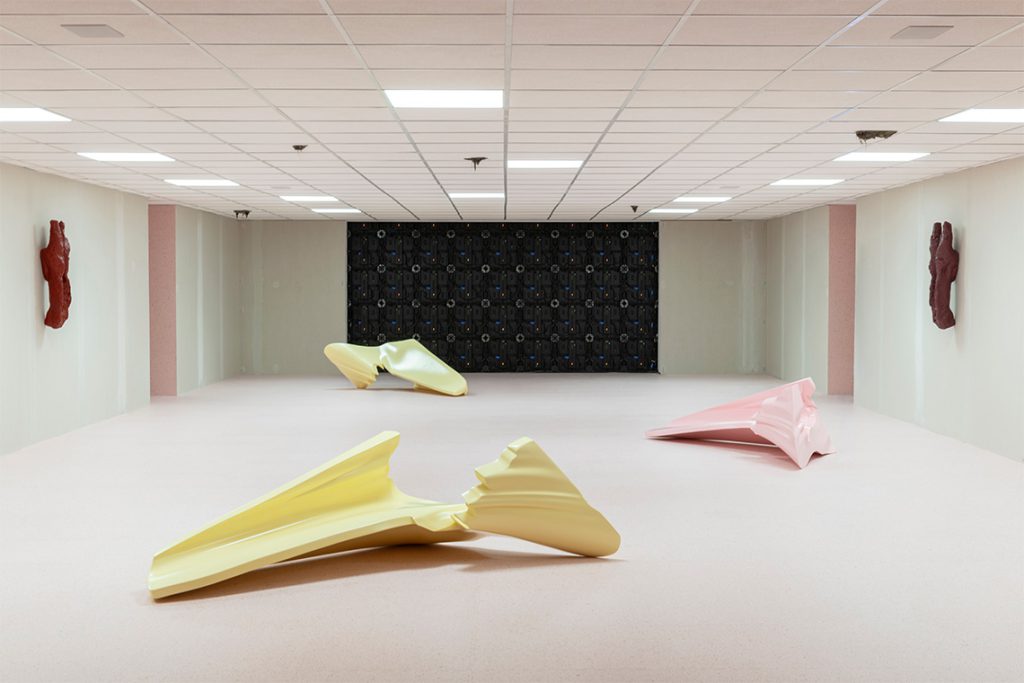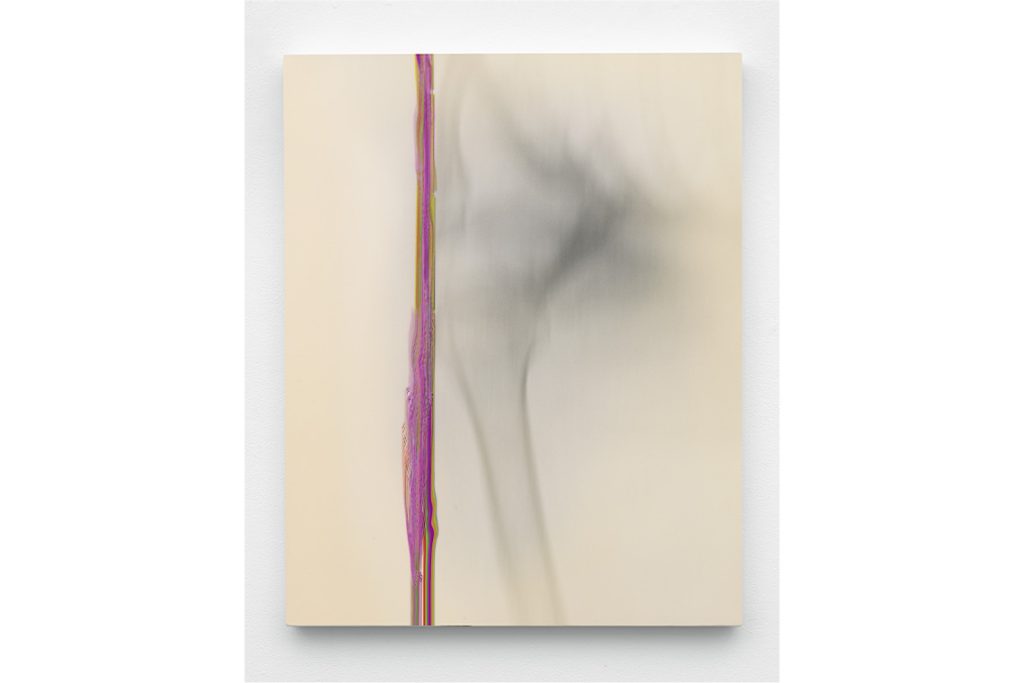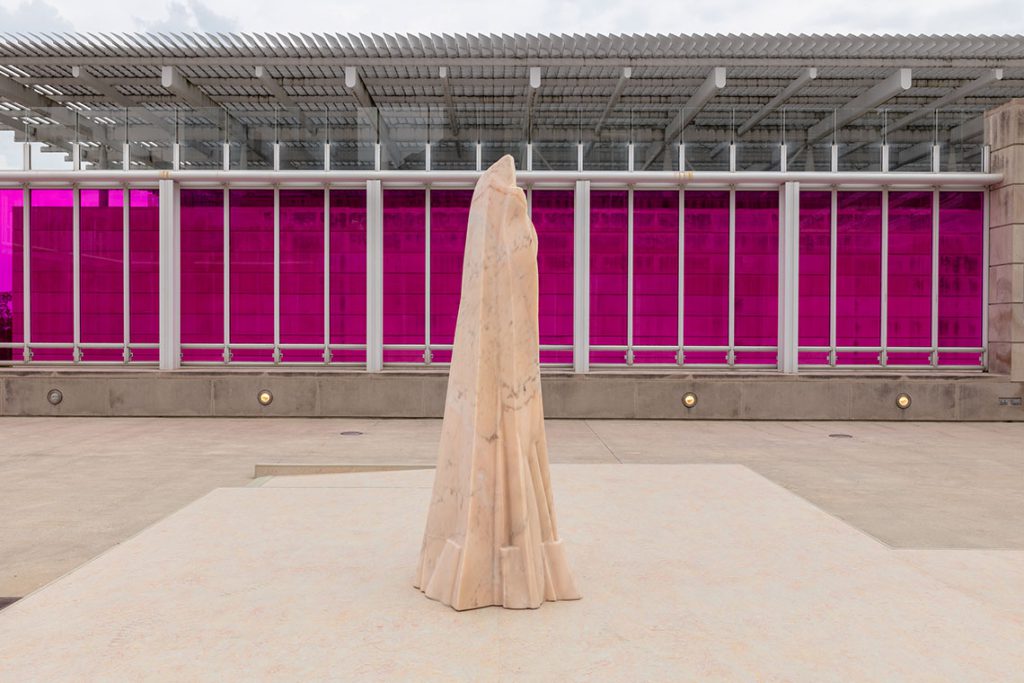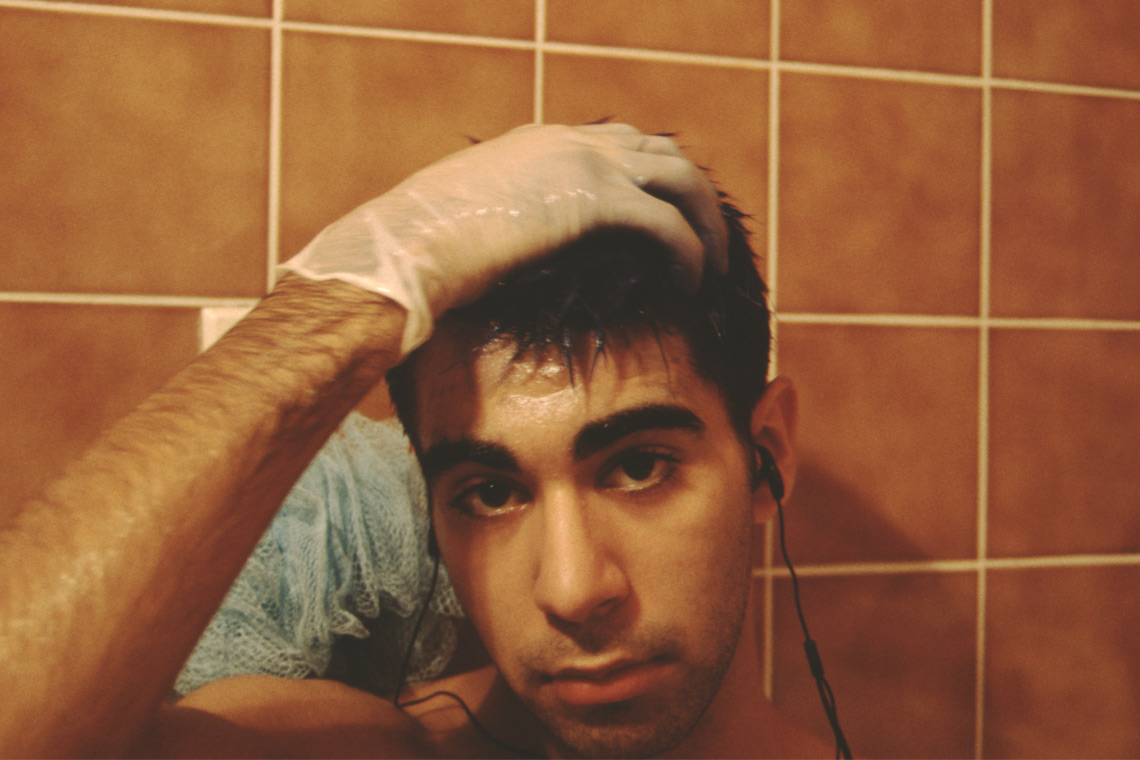The Berlin- and Los Angeles-based artist flirts with the immediacy of the skin through the fleeting faux tactility of the digital.
Canvas: Your work is concerned with the physicality of the human body against the slipperiness of technology. As we live in times in which this clash seems to get blurrier and thinner, how do you let your work stay malleable towards this relationship?
Shahryar Nashat: Artists are lucky when the subject they’re playing with is shifting before their eyes, in the now. The relationship you mention has to stay alive, and as an artist I want to stay malleable. The moment you lock things in, it’s over. Relevance gone. I wouldn’t wish that on anyone.

As an artist who experiments with multiple media, how do you maintain a curiosity towards new forms, textures and alchemies?
I always learn from the different hats I wear. When I make a new sculpture, I think of three-dimensionality as if it were in virtual space. When I edit a video, it sharpens my sense of designing lights for the stage. When I photograph fashion, I use my knowledge in conceptual photography. Things bleed and spill into each other. In the centre of the Venn diagram are colours, desire and a restless way of thinking that keeps things in motion.

You often combine details of the human body with abstracted forms. How do you approach the body as a territory of exploration in order to pair it with abstraction?
Oh, that’s quite a philosophical question… Abstraction lets the body reassemble on its own terms. It rejects the demand to be fully seen or known, or even explained. That refusal is political, because it resists categorisation and control. As a brown artist who grew up in Europe, I’ve often felt the pressure to define myself within a fixed identity. My identity is always here with me, it’s in every move I make. But abstraction gives it room to shift. It’s like a creative companion – or a tool, really. It lets me assert complexity and helps me push back against being reduced to a single narrative.
Repulsion and beauty go hand in hand in your sculptural mixed-media installations. Do you consider beauty as an open-ended journey of exploration, particularly in relation to our constantly fluctuating idea of beauty through internet, social media and the current social landscape?
Actually, my concerns aren’t that dialectical. One can think in this cultural framework, yes, but it’s something that should be disrupted. Like the idea that beauty equals seduction and therefore must be pleasing, or at least not provocative. Yet beauty can be repulsive, it can be perverse. I am more interested in how a viewer is drawn in, held, unsettled, which can be achieved with the use of any concept, any type of image or material. As an artist you can build your own system of grammar, sometimes based on existing structures, sometimes following your own idiosyncratic, even contradictory, logic.
Architecture plays a critical role in your exhibition methods. Could you talk about your relationship with architecture as another form of body, especially one that is resolute and defined?

The exhibition space can be like production design in film, in that it sets the emotional temperature around the work. Even in a white cube, there are still so many decisions to be made. It would be a missed opportunity not to shape the space. A successful show is a show that feels unfamiliar, unfamiliarity being a condition for sharpening someone’s attention. No one benefits from seeing something that they metabolise right away.
You work with bold neon colours that are more artificial and industrial, as well as thick tones that feel somewhat fleshy. How do colours help you convey a feeling that can either be welcoming or alarming?
Here’s an example. Two years ago, I created a video and sound installation called Reverse Rorschach. It’s an ever-evolving self-portrait that uses machine learning to translate real-time readings of my physical and mental state into abstract, Rorschach-like morphing visuals. Despite its abstraction, viewers could often pinpoint my emotional state with surprising accuracy. That was partly due to the emotional impact of the sound (Ethan Braun essentially scored my inner life) but also because I leaned into familiar (though Western) colour associations, like red for anger, black for depression or pink for joy. This all to say that “Colour is your friend, dear artist.”



